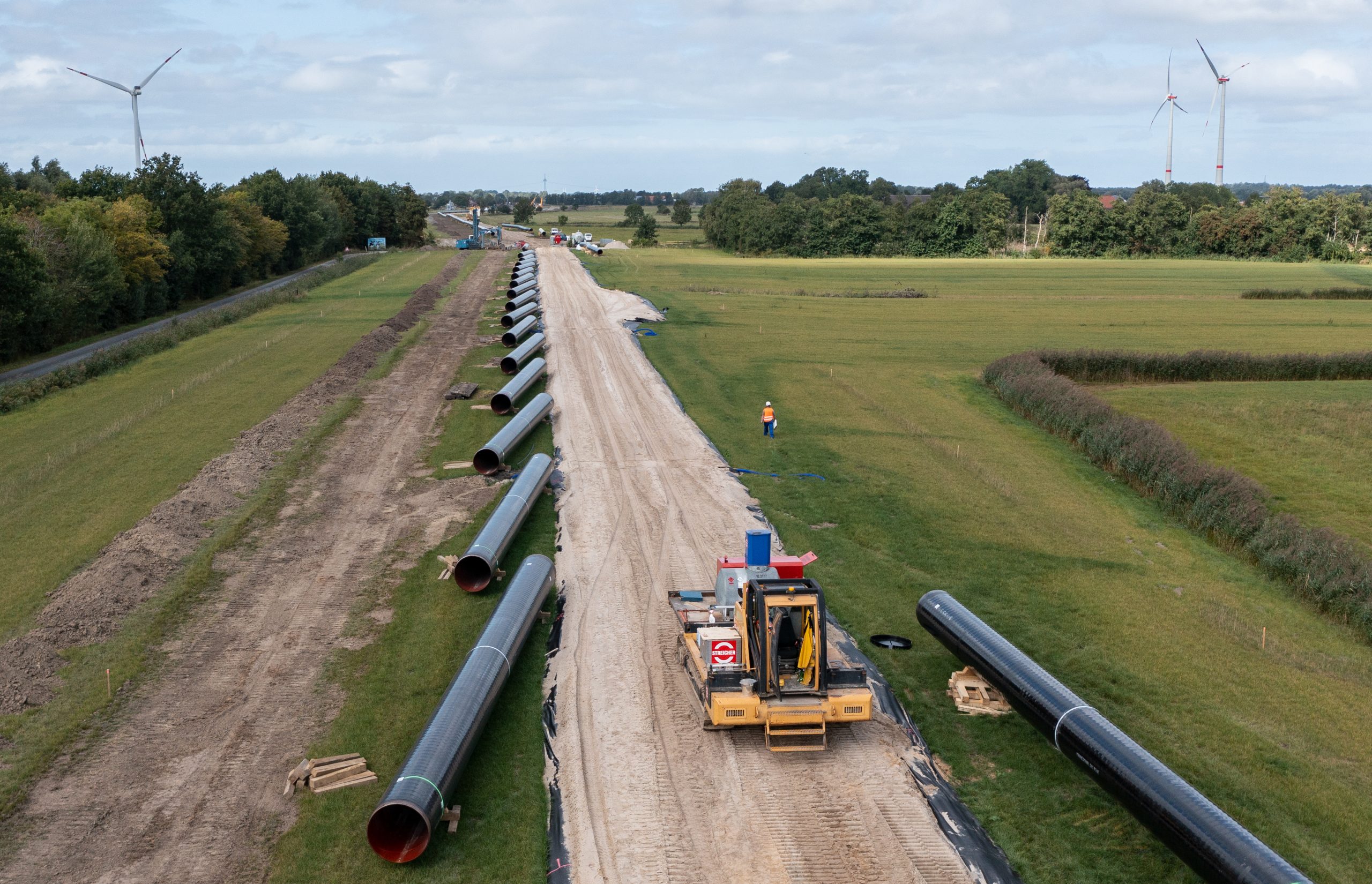
As European countries like Germany race to build new liquefied natural gas (LNG) import terminals to keep the lights on and the heat running, analysts say LNG from western Canada could help.
Mainly destined for Asia, LNG shipped from B.C. could help divert other world shipments to Europe.
“More western Canadian LNG would allow a lot of the other sources to go to Europe. It’s like a domino,” said Matthias Bloennigen, director of Americas consulting with Wood Mackenzie.
Europe is “by no means out of the woods” despite having met natural gas storage targets that could help avoid a painful deepening of the energy crisis this winter, according to the International Energy Agency.
Natural gas storage sites in the European Union are now 95 per cent full, in part thanks to a surge in LNG imports.
But Europe needs to take immediate action to avoid the risk of natural gas shortage next year, the IEA said in early November.
LNG flows to the highest bidder
More LNG will be part of the answer, as tankers re-route to meet the highest bidders. In the past, that has been in Asia. Following Russia’s invasion of Ukraine, it’s in Europe.
“A significant volume [of LNG] that was previously going to other markets, such as Asia or Latin America, is now being consumed by Europeans,” S&P Global LNG director Ciaran Roe wrote on Oct. 26.
Between 2018 and 2021, Asian LNG price benchmark Japan Korea Marker (JKM) averaged US$6.52 per mmbtu, compared to US$5.27 per mmbtu for European benchmark Dutch TTF, according to GLJ.
But TTF has traded above JKM since February 2022, averaging US$40.66 compared to US$34.07 so far this year. This includes a spike in August when the price for the Dutch benchmark hit US$70.70 compared to US$52.23 in Asia.
Huge growth expected for Asian LNG imports
Asia represents 67 per cent of world LNG demand today, and that share is expected to grow as demand doubles to reach 700 million tonnes per year by 2040.
Over the coming decades Canada has a massive opportunity to ship LNG from the British Columbia coast to supply customers in northeast Asia, according to a new report by Wood Mackenzie.
“For Asian buyers, Canadian LNG is quite cost competitive due to its relatively low shipping and liquefaction costs compared to other global exporters,” it said.
Wood Mackenzie estimates the delivered full cycle cost of LNG from western Canada to northeast Asia to be US$9.10 per mmbtu, in line with US$9.20 from the United States, the world’s largest LNG exporter.
A meaningful reduction in emissions
But competitive costs are not the only benefit for Canadian LNG in Asia, the report said.
Canadian LNG can do more to reduce emissions than other sources of natural gas as growing Asian economies reduce reliance on coal.
If Canada increases its LNG export capacity to Asia, net emissions could decline by 188 million tonnes of CO2 equivalent per year through 2050 – or the impact every year of taking 41 million cars off the road.
“If Canada does not export as much LNG as anticipated to northeast Asia, the region would need to rely on LNG from elsewhere that has a higher emissions intensity,” Wood Mackenzie said.
The consultancy’s report didn’t examine economic impacts of Canada’s LNG industry, including from LNG Canada, the one project that is under construction.
A 2020 assessment by the Conference Board of Canada found that adding more projects in B.C. could support 96,550 direct, indirect and induced jobs annually across the country between 2020 and 2064.
The unaltered reproduction of this content is free of charge with attribution to Canadian Energy Centre Ltd.